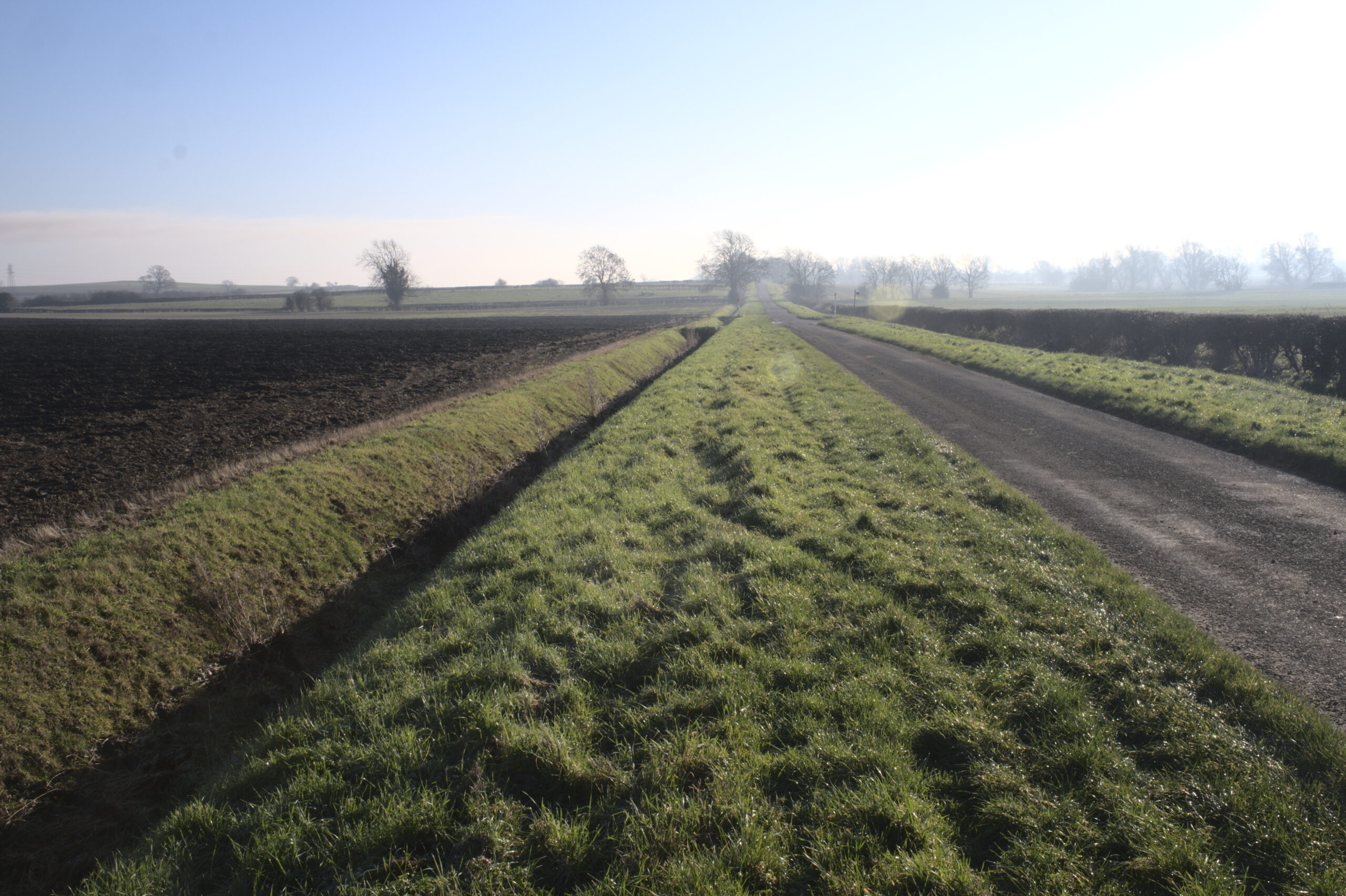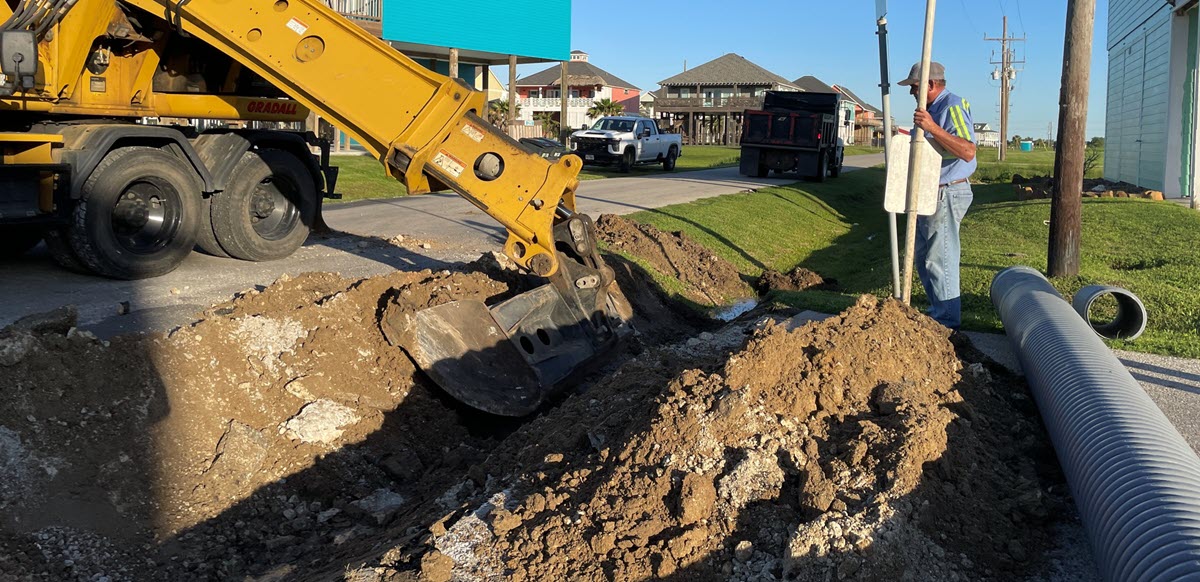Ditch Digging Servicesin Madison Heights MI
Precision Ditching for Effective Water Drainage
We Are Locally Owned & Operated For Over 37 Years
Contact Us Today!
We Serve Businesses In And Around The Following Cities:
About Ditch Digging Services
Introduction
Meticulous management and efficient maintenance of commercial property lie at the heart of business success in the bustling city of Madison Heights. An often overlooked, but integral, part of this process is effective ditching. As a leading ditch digging company, D&J Contracting understands the complex intricacies involved, promoting the need and significance of appropriate measures for this process.
Understanding the Science of Ditching
Ditching, at its core, represents a strategic digging technique used predominantly for water drainage and soil conservation. When applied correctly, it can drastically transform and improve the condition of a commercial property. Effective ditching contributes to improved soil fertility, better accessibility to certain parts of the land, easier navigation for vehicles and improved overall aesthetic of the site.
Whatever the long-term application may be, a prominent ditch digging company like D&J Contracting tailors the shape, size, and pattern of the ditch according to the distinct requirements of the commercial property. Handling such intricate work demands a blend of professional expertise and localized knowledge, which makes D&J Contracting a preferred choice among ditch digging services in and around Madison Heights.
Ditching: The Process and Benefits
The process of ditching involves several distinct steps and each plays a vital role in ensuring the final output meets your expectations. To begin, a thorough site analysis sets the foundation for a customized ditching plan. This includes geographical and soil assessments to determine the appropriate methods and machinery needed for optimal results. The next critical step is meticulously executed excavation work. Finally, ditch lining or the use of other protective materials is undertaken to ensure the longevity of the ditch structure.
The benefits of a well-executed ditching process are myriad. By offering efficient water drainage solutions, ditching can prevent flooding, water logging, and soil erosion – common problems that pose significant threats to commercial properties. Moreover, ditch excavation services like those provided by D&J Contracting, help with underground cable and pipe installations, contributing to a more organized and safer working environment.
The Real-World Impact of Ditching Services
Take a moment to consider a commercial factory located in the heart of Madison Heights. Prior to leveraging quality ditch excavation services, the site was regularly plagued with accessibility issues due to water logging. As a result, it suffered from delayed deliveries, low worker morale, and a gradual reduction in business productivity.
Post engagement with a reliable ditch digging company like D&J Contracting, the factory saw a remarkable transformation. The proficient team used local insights to construct strategically placed ditches which effectively redirected the excess water away from crucial pathways. With this improvement, vehicles could move freely, boosting efficiency and overall productivity at the factory. This is just one example from a multitude of success stories D&J Contracting holds from benefiting commercial properties with utility ditch digging.
Bringing Value Through Expertise
Ditching isn’t merely about digging a canal out of mud. It entails a mix of careful planning, informed decision-making, and impeccable execution. The true value of in-depth knowledge and expertise related to ditch digging services cannot be understated. Ditching companies like D&J Contracting have the capabilities to perform this task accurately and efficiently–playing an instrumental role in elevating the overall health and productivity of a commercial property.
The right ditching company can not only save you from potential drainage and flooding issues but also lay the groundwork for easier accessibility, aesthetic appeal, and future construction work.
Understanding the cultural, geographical, and climatic aspects of Madison Heights is also crucial to successful ditching. This is where local companies like D&J Contracting shine. With their rich experience and comprehensive understanding of the city’s unique conditions, the company provides ditching solutions that harmoniously blend with the existing landscape and cater to local requirements.
In summary, the science and art of ditching anchors the health and productivity of a commercial property. High-quality ditch digging services can mould the property as per the owner’s goals and needs. Given the significance and potential positive impacts, it’s sensible to invest in a reputable, experienced, and local ditch excavation service provider like D&J Contracting. Explore their distinct offerings and dive into a journey of enriching transformations for your commercial property today.
Ditch Digging Services Gallery


Call Us Today to receive your Free Quote for
Ditching in Madison Heights
Serving: Madison Heights, Michigan

About Madison Heights, Michigan
Originally part of Royal Oak Township, Madison Heights incorporated as a city by popular vote on January 17, 1955, and chartered on December 6 of that same year, becoming the tenth city government in southern Oakland County. At that time, the 7.2 square miles (18.6 km) city was one of the largest suburban communities in the Metro Detroit area. The first city hall was at 26305 John R Road, the former township offices. On April 5, 1963, a new municipal building was dedicated which is on the present location at 300 West Thirteen Mile Road. The city lies in the Interstate 696 (I-696) and I-75 corridor and is served by two primary school districts, Lamphere and Madison, as well as a full-service municipal government.
According to the United States Census Bureau, the city has a total area of 7.09 square miles (18.36 km), all land.
Although 91% of the buildings in Madison Heights are single-family homes or condominiums (approximately 9,800 residential property owners), 60% of the tax base is fueled by light industrial or commercial property. The city has 15 voting precincts, totaling more than 21,000 registered voters.
Madison Heights shares borders with Troy to the north, Royal Oak to the west, Hazel Park to the south, and Warren to the east. The eastern border of Madison Heights (Dequindre Road) is also the border between Oakland and Macomb counties.
There are more than 112 miles (180 km) of road within Madison Heights, of which the city maintains 105 miles (169 km), 95 miles (153 km) for snow removal, sweeping, and patching. Interstate 75 passes north to south on the west side of the city, and Interstate 696 is the major feature of its southern border. The junction of these two highways is shared with Royal Oak and Hazel Park on the southwest corner of Madison Heights.
| Census | Pop. | Note | %± |
|---|---|---|---|
| 1960 | 33,343 | — | |
| 1970 | 38,599 | 15.8% | |
| 1980 | 35,375 | −8.4% | |
| 1990 | 31,296 | −11.5% | |
| 2000 | 31,101 | −0.6% | |
| 2010 | 29,694 | −4.5% | |
| 2020 | 28,468 | −4.1% | |
| U.S. Decennial Census | |||
As of the 2020 United States census of 2020, there were 28,468 people and 13,487 households in the city. The population per square mile is 4,017.5.
The racial makeup of the city was 80.4% White, 7.8% African American, 0.2% Native American, 7.2% Asian, 0.1% Pacific Islander, 3.6% from two or more races. Hispanic or Latino residents of any race were 2.0% of the population.
There were 13,487 households, of which 14.7% spoke a language other than English at home. People under 65 years of age with a disability accounted for 11.1% of the city’s population, and 11.7% of the city’s population was living below the federal poverty line. Households without a broadband internet subscriptions made up 11.9% of the community.
16% of residents were under the age of 18; and 16.3% were 65 years of age or older. The gender makeup of the city was 49.4% male and 50.6% female.
As of the census of 2010, there were 29,694 people, 12,712 households, and 7,543 families residing in the city. The population density was 4,188.2 inhabitants per square mile (1,617.1/km). There were 13,685 housing units at an average density of 1,930.2 per square mile (745.3/km). The racial makeup of the city was 83.9% White, 6.4% African American, 0.5% Native American, 5.8% Asian, 0.1% Pacific Islander, 0.7% from other races, and 2.7% from two or more races. Hispanic or Latino residents of any race were 2.5% of the population.
There were 12,712 households, of which 27.5% had children under the age of 18 living with them, 41.0% were married couples living together, 12.9% had a female householder with no husband present, 5.4% had a male householder with no wife present, and 40.7% were non-families. 34.1% of all households were made up of individuals, and 11.8% had someone living alone who was 65 years of age or older. The average household size was 2.32 and the average family size was 3.02.
The median age in the city was 38.3 years. 20.4% of residents were under the age of 18; 8.7% were between the ages of 18 and 24; 30.4% were from 25 to 44; 26.6% were from 45 to 64; and 13.9% were 65 years of age or older. The gender makeup of the city was 49.1% male and 50.9% female.
As of the 2000 United States census, there were 31,101 people, 13,299 households, and 8,005 families residing in the city. The population density was 4,341.3 inhabitants per square mile (1,676.2/km). There were 13,623 housing units at an average density of 1,901.6 per square mile (734.2/km). The city’s racial makeup was 89.60% White, 1.82% African American, 0.44% Native American, 4.97% Asian, 0.03% Pacific Islander, 0.46% from other races, and 2.68% from two or more races. Hispanic or Latino residents of any race were 1.61% of the population.
There were 13,299 households, of which 26.9% had children under the age of 18 living with them, 45.2% were married couples living together, 10.5% had a female householder with no husband present, and 39.8% were non-families. 33.8% of all households were made up of individuals, and 12.3% had someone living alone who was 65 years of age or older. The average household size was 2.33 and the average family size was 3.02.
In the city, 22.1% of the population was under the age of 18, 8.1% was from 18 to 24, 35.4% from 25 to 44, 20.2% from 45 to 64, and 14.2% was 65 years of age or older. The median age was 36 years. For every 100 females, there were 95.8 males. For every 100 females age 18 and over, there were 92.9 males.
The city’s median household income was $42,326, and the median family income was $51,364. Males had a median income of $41,478 versus $29,345 for females. The city’s per capita income was $21,429. About 7.0% of families and 8.9% of the population were below the poverty line, including 10.8% of those under age 18 and 13.0% of those age 65 or over.
In 2008, 1.9% of the Madison Heights population were of Vietnamese descent. 168 Asian Mart, a 38,000-square-foot (3,500 m) supermarket, is the largest Asian supermarket in southeast Michigan, and one of the largest in the state. The Chinese Cultural Center is in Madison Heights.
The mayor of Madison Heights is Roslyn Grafstein, who was appointed as Mayor in August 2020 to fill a vacant seat.
Madison District Public Schools and Lamphere Public Schools have public schools serving Madison Heights.
Bishop Foley Catholic High School is a private school.
Four Corners Montessori Academy is a public charter school.
Call Us Today to receive your Free Quote for
Ditching in Madison Heights
Related Services in Madison Heights, Michigan
We Serve Businesses In The Following Zip Codes:
48007, 48015, 48021, 48026, 48035, 48036, 48038, 48042, 48043, 48044, 48045, 48046, 48047, 48048, 48050, 48051, 48066, 48071, 48080, 48081, 48082, 48083, 48084, 48085, 48088, 48089, 48090, 48091, 48092, 48093, 48098, 48099, 48225, 48230, 48236, 48310, 48311, 48312, 48313, 48314, 48315, 48316, 48317, 48318, 48397